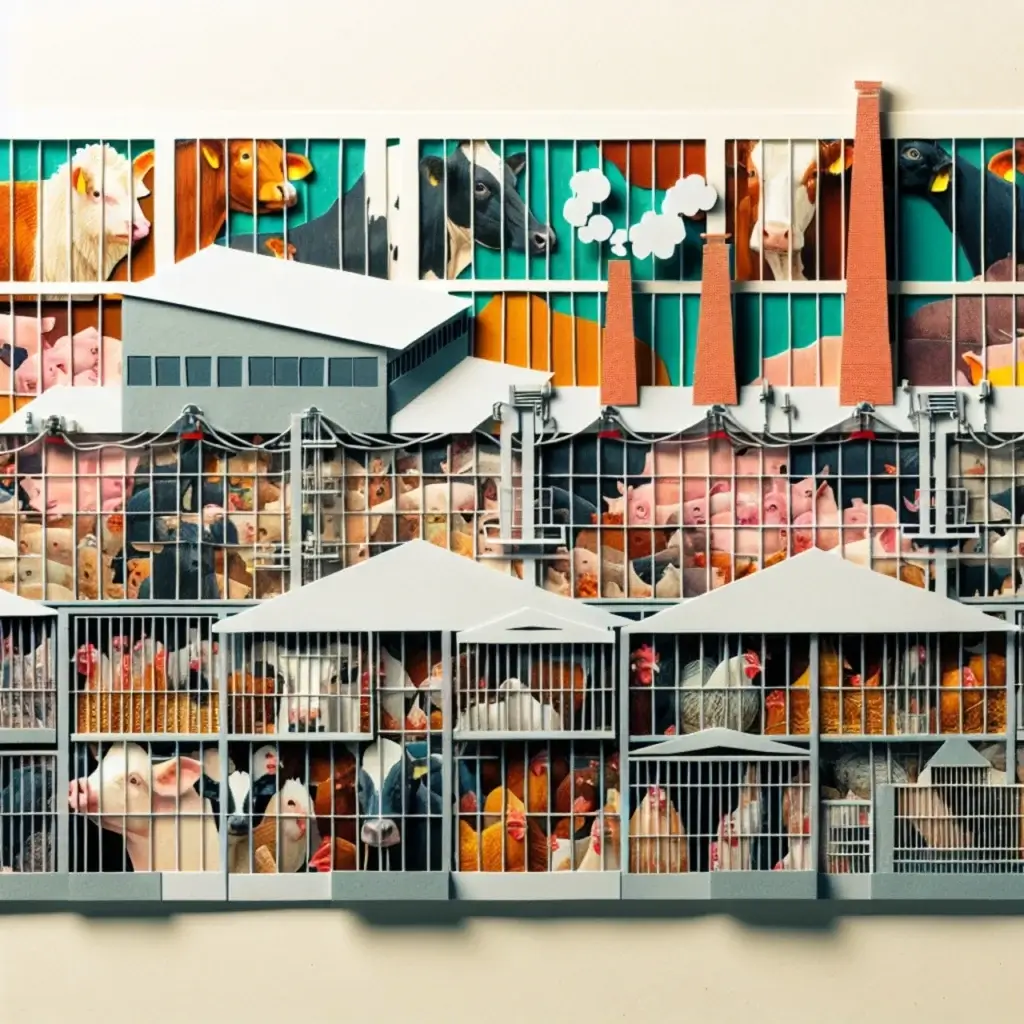Factory Farms Make Bad Neighbors. Meet the People Who Are Fighting Back
Industrial farming operations stuffed with thousands of hogs, cows, or chickens seriously harm our health and environment. All across the country, communities are pushing back.
by Lena Beck· August 13, 2024

Image by Shutterstock/AI
The thing that Kendra Kimbirauskas hadn’t expected were the trucks.
As a small farmer who formerly worked with communities to resist large corporate farms, she knew a lot about how industrial chicken operations could affect a community. She knew about the putrid smell of animal waste, she knew it wasn’t safe to drink the local water. But, in April of 2023, as she visited a midwestern farmer whose home was surrounded by dozens of industrial chicken barns producing millions of chickens, it was the sight of the trucks hurtling down the narrow roads, one after the other, that was particularly jarring.
“If you can picture a dusty dirt road with semis barreling down, the amount of dust and dirt and God knows whatever else that comes off these trucks would literally blow into the front yard,” says Kimbirauskas. “Thinking about putting your clothes on the line, or having your windows open, that’s no longer an option because of these trucks.”
Carrying feed, new birds, and finished flocks, these trucks served as a near-constant reminder of the other things these operations bring with them—smells that make it hard to stand outside, air pollution you can feel burning your throat, not being able to trust the water coming out of your tap—the list goes on.
Just three years earlier, Kimbirauskas had gotten wind that Foster Farms was planning to move into her own home of Linn County, Oregon and decided to fight back. After a bit of digging, what she found was staggering: Foster Farms was planning three sites in the county to build concentrated animal feeding operations (CAFOs), which would collectively raise 13 million chickens per year. This visit provided Kimbirauskas with a glimpse into what she was fighting against in her own home community.
“For me that was such an affirmation that [our] community is 100 percent going to be the target of chicken expansion,” says Kimbirauskas. “It really made me dig in and stand in my own power and agency of knowing that this is not something that would be good and beneficial for Linn County.”
CAFOs are defined by the EPA as intensive feeding operations where many animals are confined and fed for at least 45 days per year—though this is just a minimum—and where the waste from those animals poses a pollution threat to surface water.
There are small, medium and large CAFOs, with the largest of these—housing thousands to tens of thousands of animals—embodying the truest definition of a “factory farm.” Many of the issues can be boiled down to the sheer concentration of manure they produce.
A mega-dairy CAFO can produce as much waste as a city … Full article